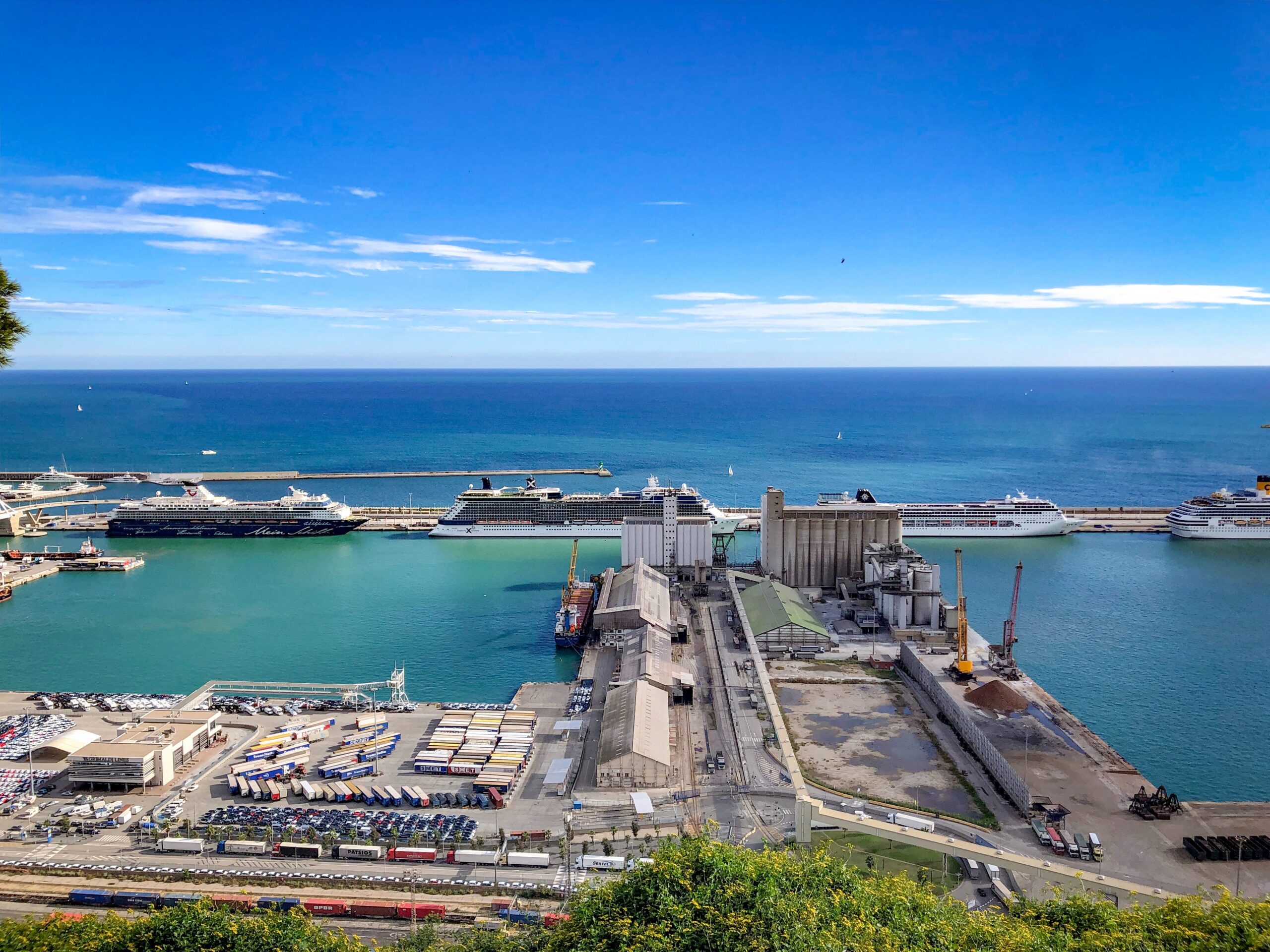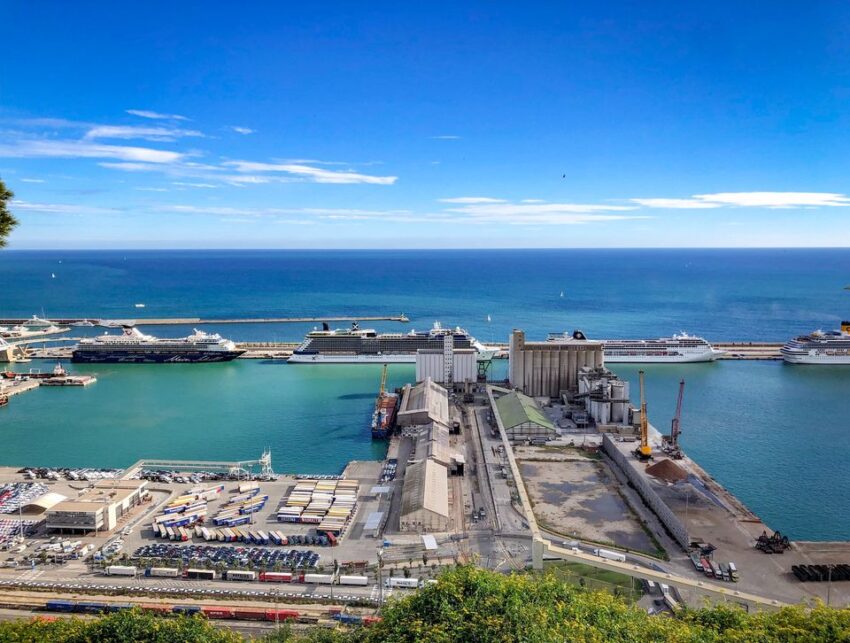
As we welcome the new year, it is a good time to glance through some of the top transportation and logistics news that have a bearing on the international supply chain. This post will help you start the year with a precise idea about some of the most important logistics news from across the world.
A look at the transportation and logistics scenario around the world
-
Spot rates in the container shipping industry have almost reached pre-COVID levels
As 2022 has come to an end, the industry is seeing a drop in the spot rates to the pre-pandemic level. Therefore, the market gains of the carriers during the pandemic are probably gone for good. The spot rates in the Asia – West Coast and Asia- East Coast routes have reached normalcy. The rate is presently similar to this time of the year in 2019. Additionally, the rates in the East Coast – West Coast route have also normalized. On the other hand, the rates in the Trans-Atlantic routes have skyrocketed. However, the carriers are trying to address this problem by increasing capacity and this will soon help to lower the spot rates.
-
The currency crisis in Egypt has resulted in a major port backlog
The ongoing currency crisis in Egypt has led to a significant backlog across all of the major international ports in the country. Cargoes worth $9.5 billion are stuck in these ports as the authorities are taking desperate measures to find a way out and ensure the release of the cargo to prevent a surge in the prices of essential commodities. The ports in Egypt are clogged up because of the economic crisis in the country that has been further worsened by the war in Ukraine. Moreover, the steep depreciation of the Egyptian currency and the rising interest rates have plunged the country into economic despair.
To quote the Prime Minister of Egypt. “The ports had goods worth about $15-16 billion until the end of November, and we worked with the Central Bank and the banking sector, and we succeeded in releasing $5 billion worth of goods from the beginning of the month until December 23.” The government is now working on releasing the rest of the cargo while prioritizing the medicines, food, manufacturing components and production items.
-
China’s departure from the zero-COVID policy might prevent supply chain disruptions in 2023
China’s exit from its stringent zero-Covid policy which was fuelled by mass protests put an end to the strict quarantine, mass testing, and lock-down strategy in December. This news comes at a time when the number of cases in China is steadily rising. In the last two years, we have seen how the lockdowns in China blocked the logistics of the main trade routes to Europe and the US. Therefore, the relaxing of the COVID rules should be of some respite to the transportation and logistics industry in China and beyond.
However, we are yet to see the impact of the Chinese New Year which witness massive seasonal migration of workers in crowded trains and buses. Last year, the workers couldn’t get back to the factories because of the lockdown which in turn led to supply chain shortages. Even though the situation looks brighter this year, it now has to be seen if this contagious variant spreads and how the government deals with the problem on hand.
-
This holiday season there has been a boom in shipbuilding activity
The year 2022 has been a great one for the newbuild industry with over 209 deliveries. The activity in the newbuild market was robust even in the holiday season with several orders delivered just at the end of 2022. China has come up as one of the incontestable leaders in the shipbuilding industry with companies like China State Shipbuilding Corporation, Jiangnan Shipbuilding, Hudong-Zhonghua Shipbuilding, and more. Even though the container shipping sector was experiencing a lull in the peak holiday season, the newbuilding market was thriving. This clearly demonstrates that international carriers are determined to expand their capacity to cope with the increasing demand for commodities.
-
The air freight market will normalize in 2023
The year 2022 had been a turbulent one for the air freight industry. This sector had to cope with multiple hitches such as grounded planes, trimmed routes, and a decline in demand. In fact, some of the multinational air freight companies are signaling a slackened demand as compared to the times of the pandemic. Even the holiday season which is generally the peak season for e-commerce has already ended. However, in December, the air freight sector was experiencing a drop in consumer demand as opposed to the burgeoning demand for goods that characterized the previous two years.
However, air freight forwarders are optimistic about this year with added enthusiasm because of the progress in the digitization of air freight processes and stress on enhanced sustainability. The pandemic has proved the massive efficacy of air cargo as an indispensable part of the international supply chain. Even though in 2023 the current global dynamics will result in strained supply chains, the air cargo capacities will continue to increase because of the return of passenger planes. Air freight companies are leveraging digitization and AI to drive new measures that are enhancing the efficiency of freight movement. Additionally, another defining industry trend this year is the use of SAF (sustainable aviation fuel) which will be a contributing factor to energy efficiency and climate protection.


